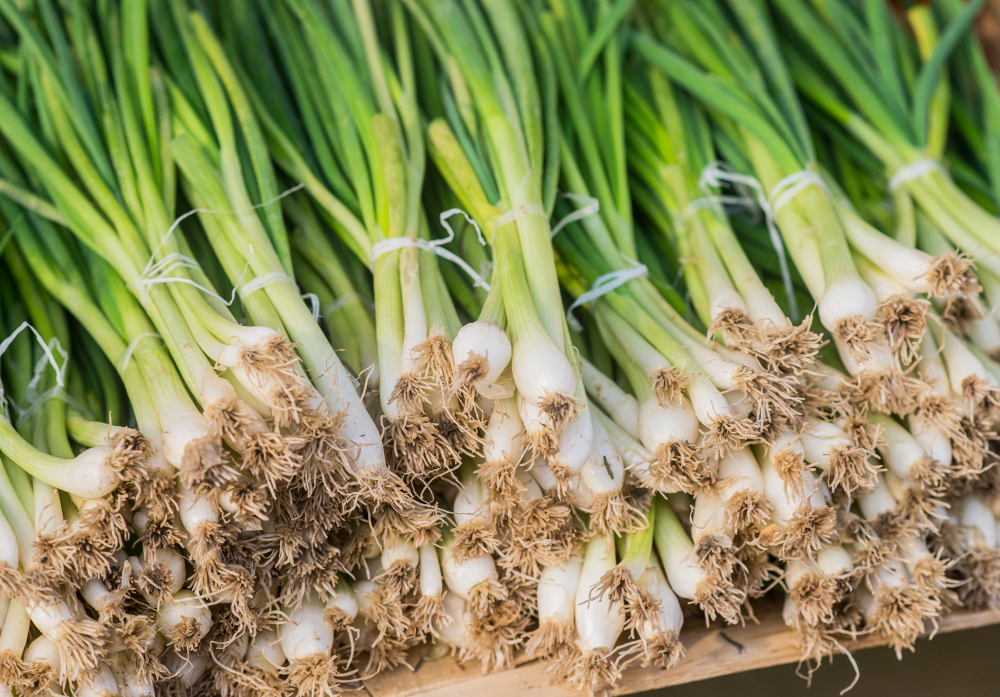Onions, a staple in kitchens worldwide, are more than just a culinary base; they are a wonder to grow in the home garden. This post explores the layers of growing onions, offering detailed, practical tips to ensure a bountiful harvest.
Soil, Planting, and Early Growth
The success of onion cultivation starts with the soil. Onions prefer well-draining, nutrient-rich soil with a pH between 6.0 and 6.8. Before planting, enrich your soil with compost or aged manure. You can grow onions from seeds, sets, or transplants. Seeds should be started indoors 6-8 weeks before the last expected frost. When planting sets or transplants, space them about 4 inches apart in rows 12 inches apart. This spacing allows for adequate air circulation and room for bulb expansion.
Watering is essential, especially in the early stages of growth. Onions require about an inch of water per week, so supplement with watering if rainfall is insufficient. Consistent moisture is key to developing good-sized bulbs. Mulching can help retain soil moisture and suppress weeds, which can compete with onions for nutrients.
Nurturing and Protecting Your Onions
As your onions grow, balanced fertilization is crucial. A balanced 10-10-10 fertilizer applied at planting and midway through the growing season can encourage strong growth. However, over-fertilizing, especially with nitrogen, can lead to lush tops at the expense of the bulbs.
Be vigilant about pests and diseases. Onions are prone to pests like thrips and diseases such as onion downy mildew. Employ crop rotation and proper spacing to minimize these issues. If you encounter pests or disease, use organic or recommended treatments that are safe for edible plants.
Harvesting and Storage
Onions signal they’re ready for harvest when their tops begin to yellow and fall over. Gently lift the bulbs with a fork, being careful not to damage them. Let them cure on the soil surface for a few days if the weather is dry, or move them to a covered location if it’s wet.
Curing onions properly is critical for storage. Lay them out in a single layer in a warm, dry, well-ventilated area, like a shed or garage, for several weeks. Once the outer skins are dry and the necks are tight, trim the roots and tops, and store them in a cool, dry place.
Growing onions is a rewarding experience, offering layers of learning and satisfaction. With these comprehensive tips, your onion patch will flourish, providing a bounty of bulbs for your culinary creations.


Leave a Reply